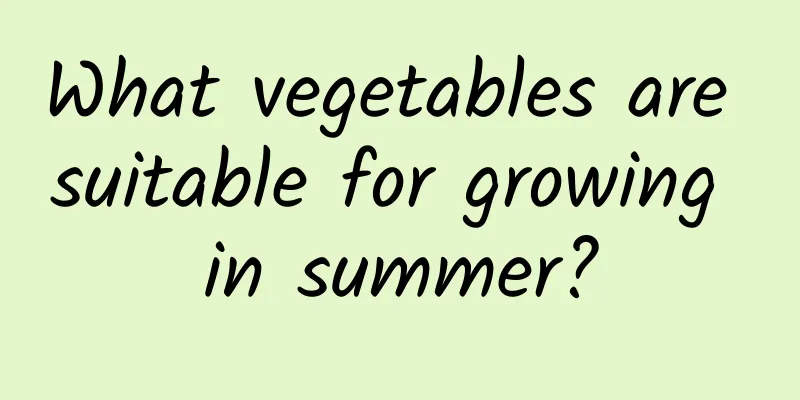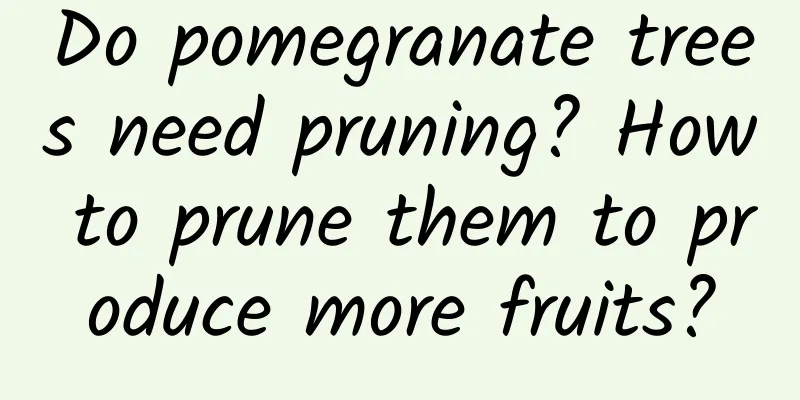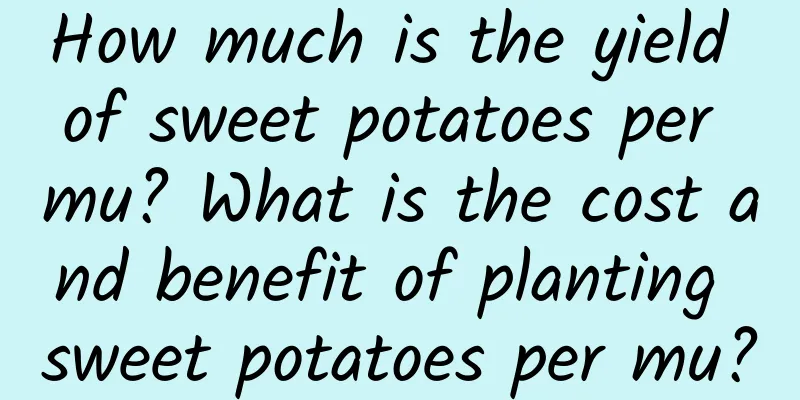What vegetables are suitable for growing in summer?

|
The summer solstice is around mid-June, when the sunlight is sufficient and the rainfall increases, making it suitable for growing drought-tolerant and moisture-loving vegetables, such as spinach, cabbage, eggplant, pepper, tomato, water spinach, lettuce, chrysanthemum, broccoli, etc. 1. Lettuce Lettuce can be sown all year round. If sown during the summer solstice, it will grow particularly fast. It can be eaten in about 15 days from sowing to harvesting. It is a favorite among young people when paired with hamburgers and vegetable salads. 2. Eggplant During the summer solstice, the sunlight gradually becomes stronger, and eggplant needs such a climate and such light. The harvest period of eggplant is very long, from summer to autumn, and the fruit is continuous with very high yield. 3. Chili Chili peppers can be sown from the summer solstice and harvested until autumn. They are a very long-lasting vegetable variety, and there are many ways to eat them. Eating chili peppers regularly can increase appetite and relieve constipation. People who get angry should eat less. 4. Tomato Tomatoes are suitable for sowing during the summer solstice. It takes about 100 days from sowing to harvesting, and the harvest period is about three to four months. It is a very high-yielding vegetable that can be eaten raw or cooked. Tips for Planting Vegetables during Summer Solstice1. When planting vegetables during the summer solstice, you first need to select vegetables that are suitable for high temperatures and grow fast. This way, you don’t have to worry about the high temperatures in summer affecting the growth of vegetables, and it can also ensure that everyone can eat seasonal products. 2. Secondly, weeds grow very lushly in summer and must be removed in time. There are also many insect disasters and pests must be killed and sterilized regularly to create a good planting environment for the growth of vegetables. 3. In addition, during the summer solstice, there are many heavy rains, and vegetable planting areas are prone to waterlogging, which will reduce the yield and quality of vegetables. Attention should be paid to irrigation issues, such as field drainage, to prevent floods. |
<<: What vegetables are suitable to grow in June and July?
>>: What vegetables are suitable for growing in the north in summer?
Recommend
Celery seedling raising method and time
1. Seedling cultivation method 1. Seeds: Choose s...
Causes and treatments for yellowing water lily leaves
1. Insufficient light 1. Reason: Water lilies pre...
Freesia flower poems and flower language
Freesia Flower Language Purity, Snow Orchid Motto...
What is the best month to plant Gendacai?
When is Genda vegetable planted? Genda vegetable ...
Can Cymbidium be grown in soil?
Can Cymbidium be grown in soil? Cymbidium can be ...
Three taboos for spring care of succulent plants
Avoid water shortage and control water for succul...
Jujube tree planting methods and techniques
The jujube tree is a fruit tree with strong adapt...
Does the golden finger bloom?
Is the golden finger blooming? Golden Finger is a...
Why doesn't Clivia grow new leaves?
1. Insufficient nutrients 1. Reason: Clivia can o...
Can I plant green radish in the soil of succulent plants? Can I plant them together?
1. Can you grow green radish in succulent soil? T...
How does Parthenocissus climb? How to propagate and prune it?
1. How to climb up When the ivy climbs up, when i...
If you don't choose the right flowers at the flower market, no matter how many tricks you learn, the flowers will still die.
Succulent 1. It is best to choose plants with fib...
Chrysanthemum cultivation methods and precautions
Chrysanthemums generally prefer mild climatic con...
Pest control methods for Paphiopedilum
In a hot and humid environment, scale insects wil...
Sugarcane planting conditions are suitable for the environmental requirements of the planting area
Sugarcane Introduction Sugarcane, also known as p...









